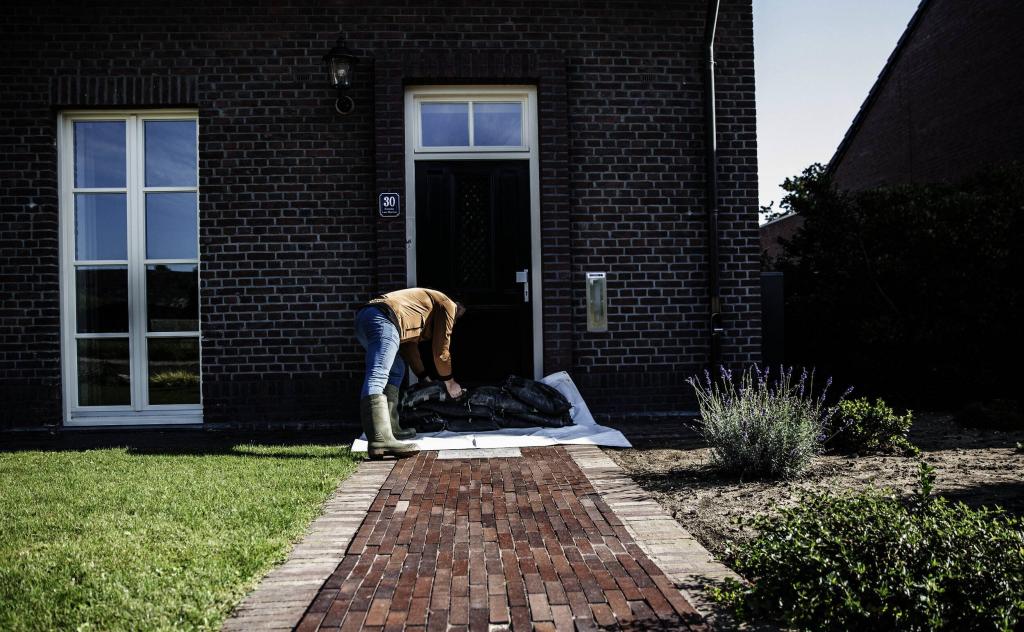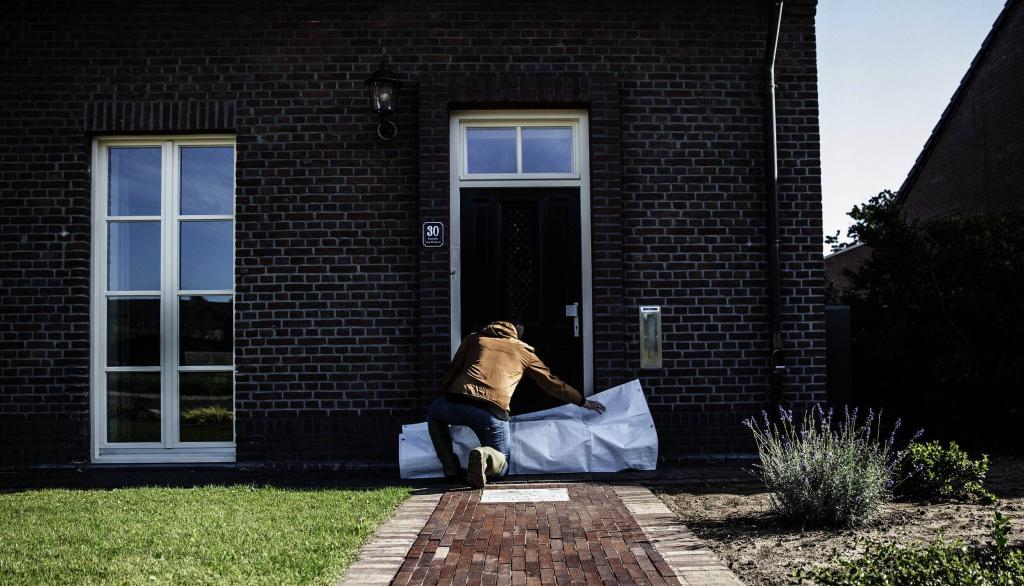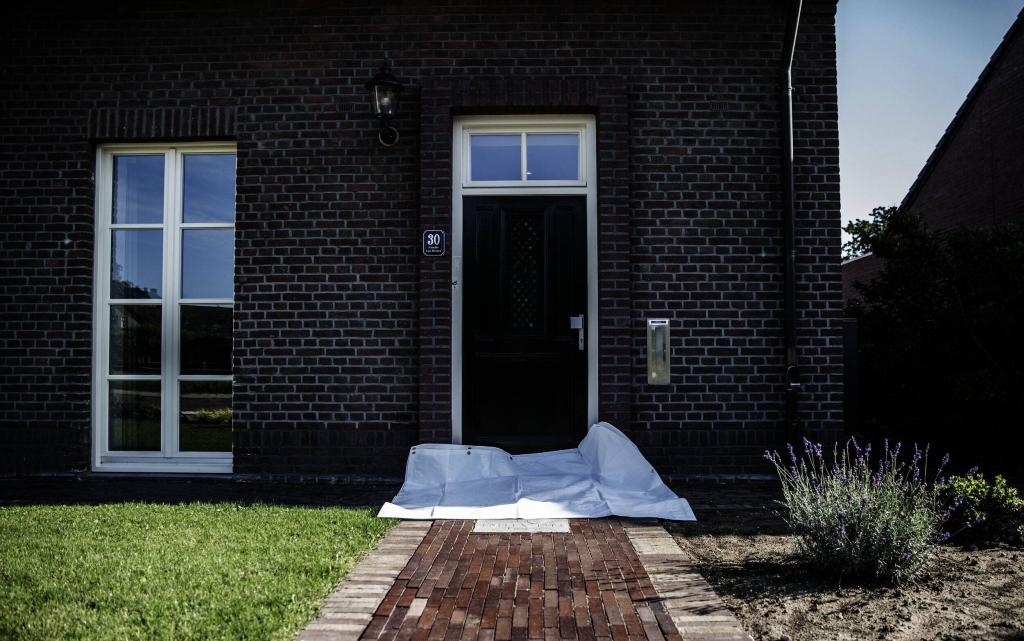Sandbag wall
Climate change is causing increasingly heavy rainfall. Because of these heavy rainstorms, there is also a greater chance of flooding. This may call for measures to better protect your home from flooding. Placing sandbags in front of a passageway, such as a door, prevents flooding.
What is a sandbag wall?
A sandbag wall is a temporary flood barrier made of sandbags. A sandbag wall or sandbag dike is built of bags filled with sand. It is a quick and effective solution to flooding. Regular sandbags, such as made of jute, you use once. Sandbags made of synthetic material such as polypropylene and polyacrylic can be used several times. You can buy them filled or fill them yourself. A sandbag is filled two-thirds full, and then weighs about 16 pounds. You can build a sandbag wall yourself, but it takes knowledge and skill to build a good wall.
Cost
Sandbags made of polypropylene are +/- €0.80. Of jute +/- € 1. Of polyacrylic +/- € 5 each. There is a high possibility of additional costs to dispose of the used bags and the sand contaminated by sewage.
Space use
This measure makes sense if water flows into your house through the front or back door, the cuckoo, a door or other opening on the first floor, into the basement, the walls or the garage under the house.
Difficulty
It takes a lot of manpower to build the wall and take it down again. In addition, knowledge is needed to build a wall that will not slide and will not have gaps in it.
What do you need.
Building a sandbag wall requires a lot of materials. It takes 30 sandbags and 500 pounds of sand for a wall 1 meter long and 40 centimeters high.
Tips
Health for a clean and smooth surface (through plastic), free of stones and branches. The sandbags should fit well with the substrate and the other bags. Important, in the bottom layer, place the closure of the sandbags toward the dry side! Lay the remaining sandbags on top in a tile fashion, and Health that they overlap. By filling the sandbags two-thirds full, they fall over each other better.


